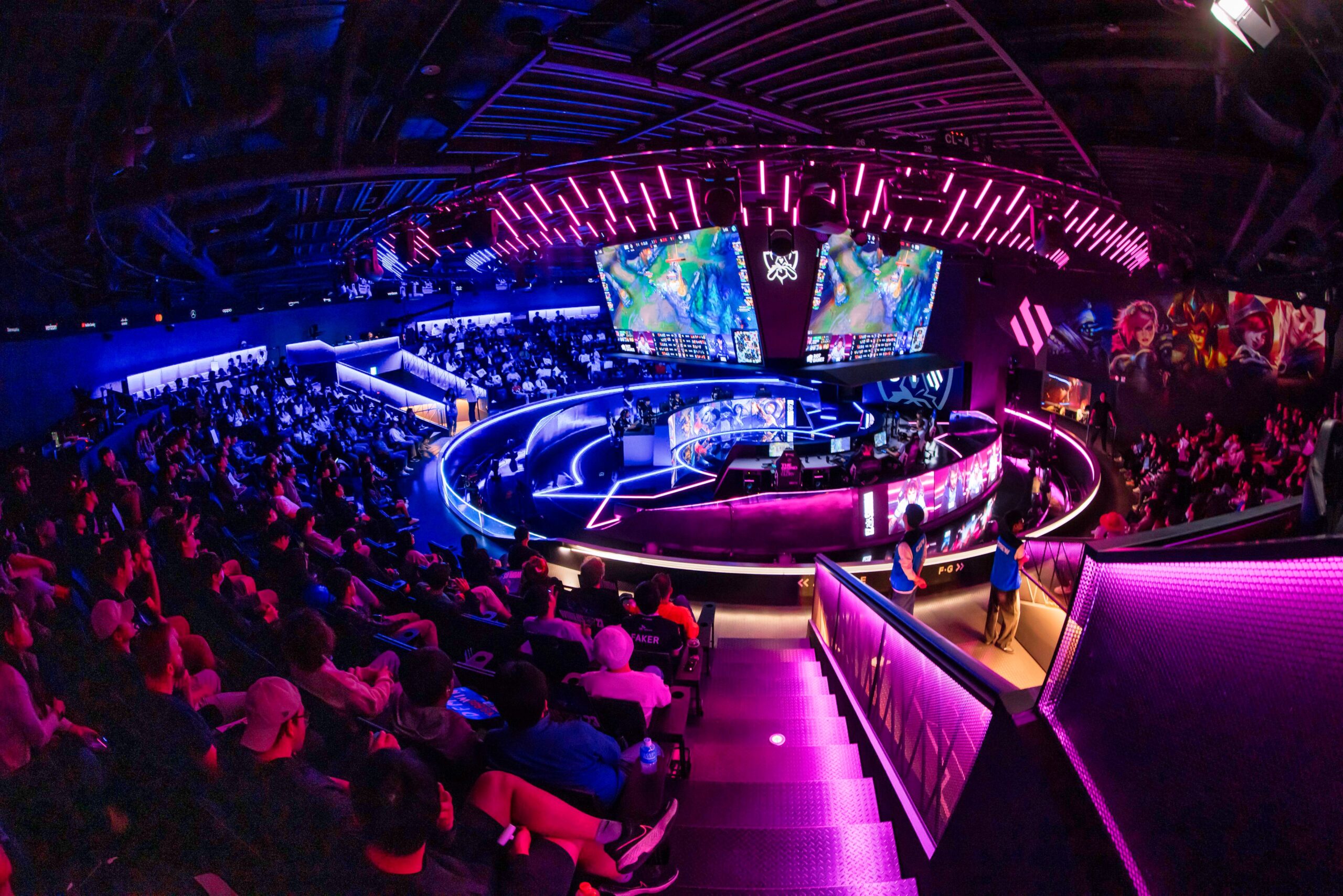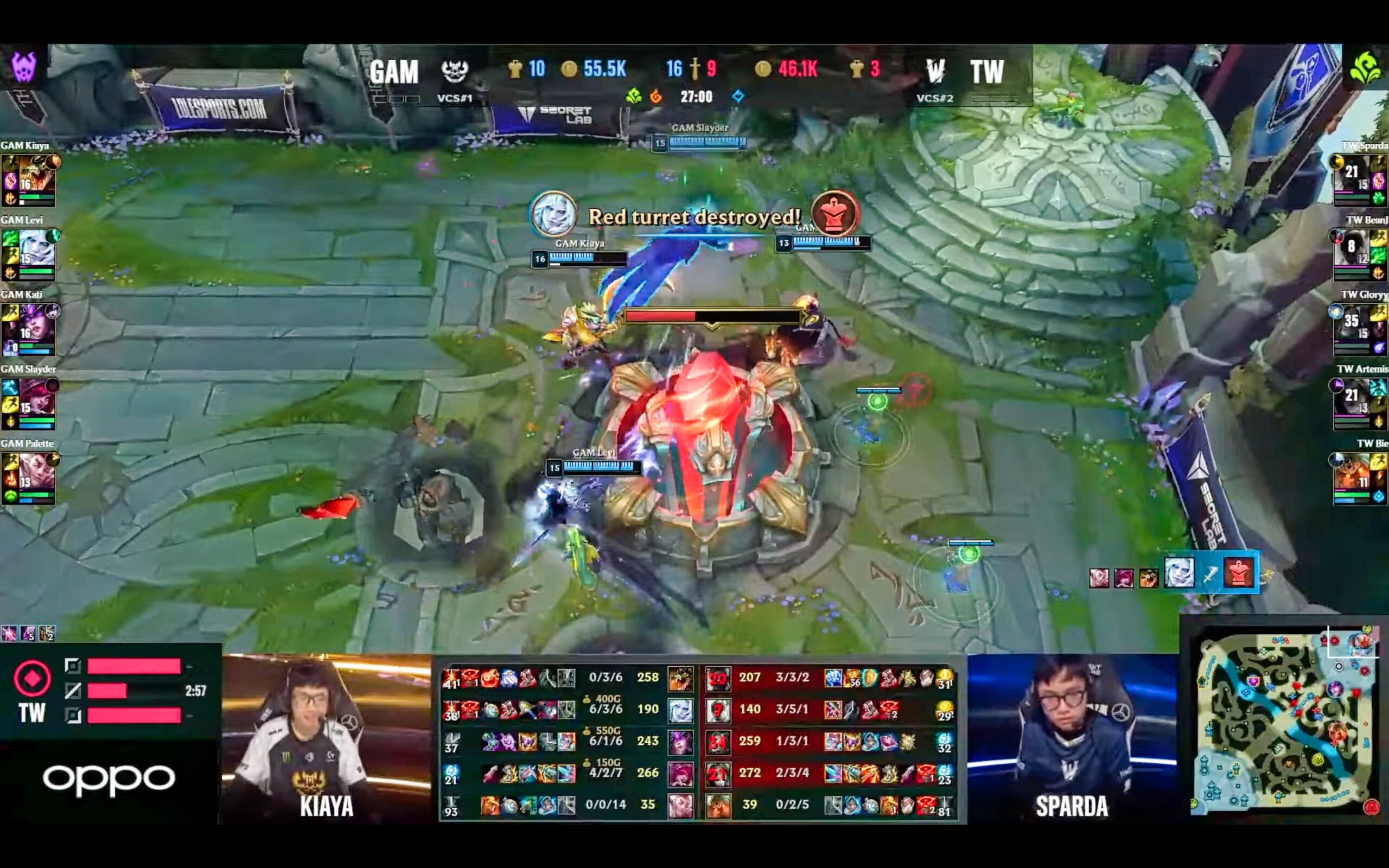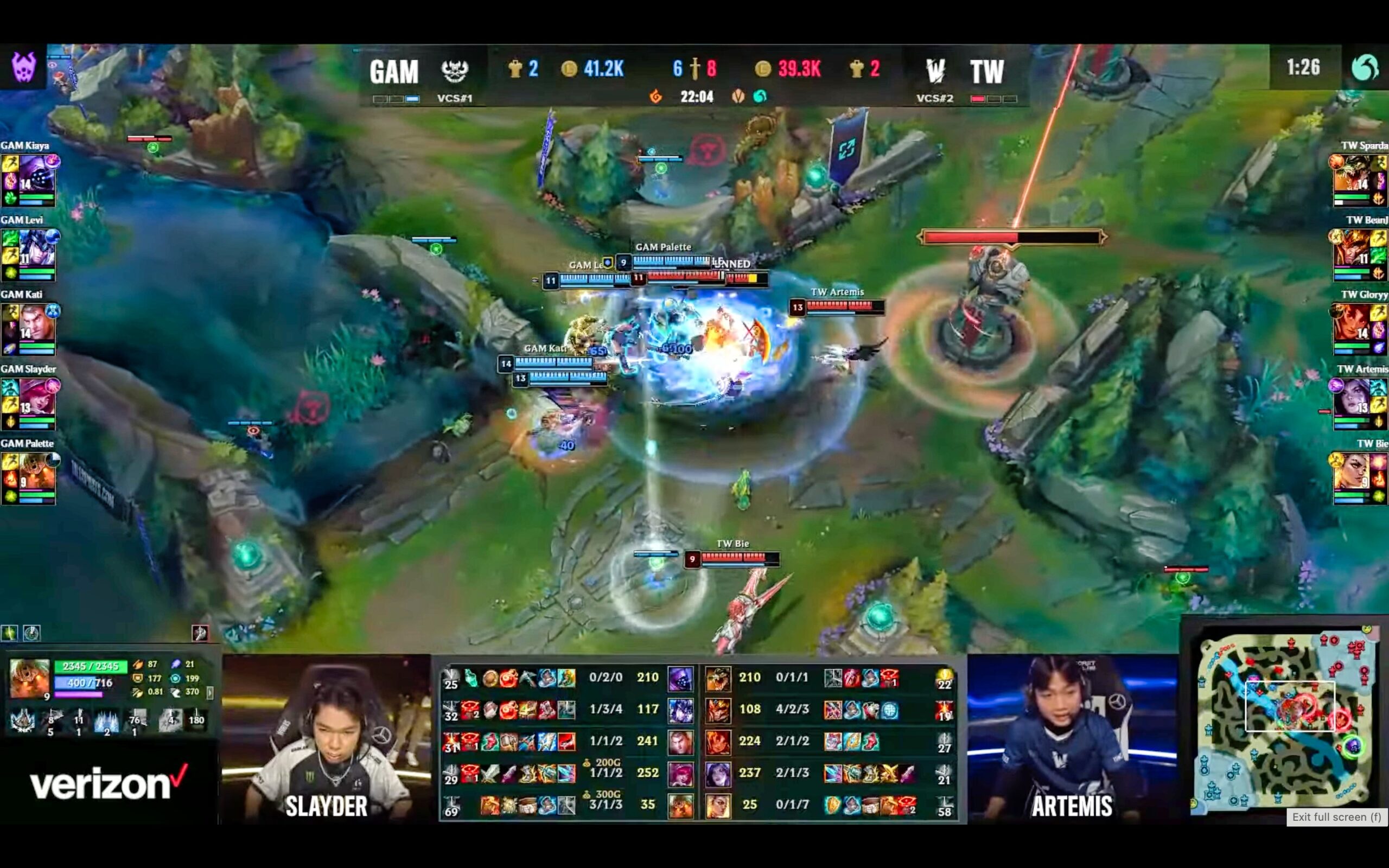League of Legends World Championship – where legends clash and champions emerge.
For many, League of Legends (LoL) represents more than just a free-to-play multiplayer online battle arena (MOBA) enjoyed throughout the world but also as an entertaining e-sports spectacle.
Hosted since 2011, the LoL World Championship has been celebrated as the most prestigious event for teams from across the globe right beside the Mid-Seasons Invitational (MSI) held earlier in May.
This year’s World Championship is back in South Korea, home to many renowned teams.
However, for those new to the scene, deciphering the dynamics of a match can be perplexing, given the abundance of technical jargon.

This guide aims to provide clarity and help you distinguish between terms like CS and Baron, making it easier to comprehend and appreciate the game.
In a LoL match, two teams are in a battle to achieve a common objective: destroying their opponent’s Nexus or base. This base is fortified with defensive turrets that inflict damage and consistently generate minions to support the team’s offensive.
However, the true excitement of the game lies in the strategic mind games and skilful plays that the teams employ to outmanoeuvre one another. The art of outsmarting and outplaying the opposition is where the thrill of LoL truly emerges.
To accomplish this, each team comprises five members, each with specific roles to fulfil, including Top, Jungler, Mid, Attack Damage Carry (ADC), and Support. These roles collectively contribute to the teams’ overall strategy and success in the game.
Each role operates within their designated lanes and specific map areas to gradually accumulate experience points.
Occasionally, they seize opportunities to eliminate an opponent or claim objectives like toppling the aforementioned turrets or securing neutral monsters that bestow buffs upon their team.
This unfolds on a battlefield defined by distinct lanes, conventionally known as Top, Mid, and Bottom. Top- and Mid-lane players typically occupy the top and middle lanes, while the ADC and Support form a duo in the bottom lane.
The jungler has a unique role on the team. They roam the arena, scouting for potential opportunities to disrupt the balance of power in favour of their team through ganks and secure neutral monsters residing within the battlefield.
Among the available neutral monsters, two notably stand out: the Drakes in the bottom quadrant and the Rift Herald in the top quadrant of the jungle.
Over time, these formidable creatures are replaced by their even more powerful counterparts, the Elder Drake and Baron Nashor.
In the early game, teams will vie for the optimal position to strike at these neutral monsters while also denying their enemy the chance to do so. While it can be difficult to identify which teams have an advantage in a match, there are some signs to look out for.
One of them includes the gold and level lead as this advantage or deficiency are strong indicator of a team emerging victorious in an otherwise even, as gold and level difference can mean stronger teammates or enemies which can slowly lead to a snowball effect on other objectives.


Another good indicator to listen to is the caster’s commentary, which while including Play-by-Play and colour commentaries similar to other sports casting, can provide useful insights into the game situation.
The two remarkable neutral monsters that teams compete for can significantly impact the match.
This hinges on the type of drake that materialises and which team successfully claims it. Each drake bestows a distinct buff upon the acquiring team.
Moreover, securing four drakes bestows a substantial, enduring buff for the duration of the match, a critical juncture often referred to as “Soul Point”, prompting significant gameplay manoeuvres.
Strategic confrontations also revolve around the Rift Herald and Baron Nashor, with the latter endowing an even more potent, albeit temporary, buff to the team that secures it.
This can be a pivotal advantage, capable of profoundly shifting the match in favour of the team that secures the Baron Nashor buff.
With this basic outline, each LoL match can have a different and unexpected outcome, especially with teams from all across the world who are on top in their respective regions competing.
As the Play-Ins have recently concluded earlier last week, a total of 16 teams will compete in the main events today which span across five regions down from 23 teams spanning across nine regions.
The teams that are now competing in the main event include South Korea’s League of Legends Champions Korea (LCK), China’s League of Legends Pro League (LPL), North America’s League Championship Series (LCS), Vietnam’s Championship Series (VCS), as well as Europe, Middle East and Africa’s League of Legends EMEA Championship (LEC).
Among these regions are some of the most well-known teams in the sport, from season veteran T1 and their mid-laner Faker, which is LoL’s equivalent of Micheal Jordan, to up-and-coming stars Team BDS who clawed their way from the lower brackets of the Play-Ins to be a part of the main event.
These teams will engage in head-to-head competition within a Swiss format tournament, scheduled from today to October 29 at the KBS Arena in Seoul.
Only the top eight teams will progress to the quarterfinals and semi-finals, taking place from November 2 to 12 at the Sajik Indoor Gymnasium in Busan. The culmination of this thrilling event will transpire in the grand finals at the Gocheok Sky Dome on November 19. These matches are available on YouTube and Twitch as well as LoL Esports. – Daniel Lim






